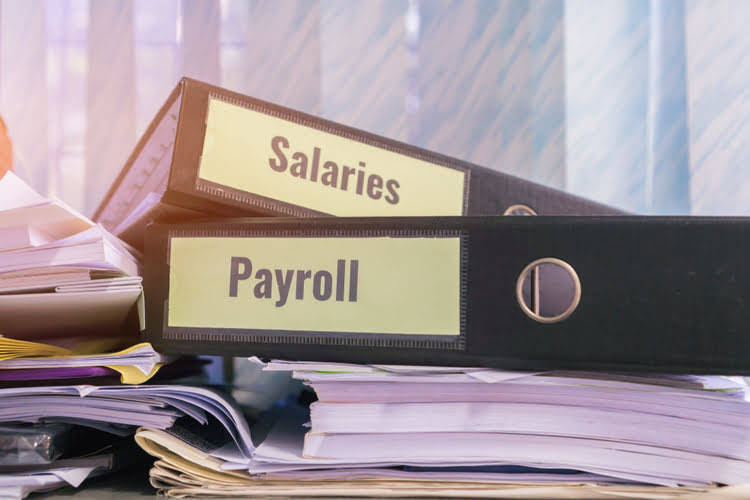
When money is paid and goods are received, a transaction happens. It’s the same when a customer makes a purchase or when rent is paid. Every time money moves in or out of the business, it’s recorded as a transaction. These transactions, whether large or small, are like pieces of a puzzle. Together, they form the bigger picture of how the business is operating, where money is coming from, and how expenses are being managed.

B2B Payments
One business might call its transactional analysis accounting Cash account “Checking” or “Bank Name Checking”. Another business may have multiple bank accounts to track. Double Entry Bookkeeping is here to provide you with free online information to help you learn and understand bookkeeping and introductory accounting.
- The business’ Profit or Loss equals the Revenues – Expenses.
- Rather, it makes a statement about how something is currently structured and how it can be developed further.
- The accounting transaction analysis described in the six steps above, is best set out in table format to ensure that important considerations about the transaction are not overlooked.
- However, it does not relate to the monetary and cash events.
- In this post, we look at the specific role of bank statement analysis during the onboarding and underwriting process and how advanced digital tools and technologies can help.
Monthly Financial Reporting Template for CFOs
In this way, the equality of the equation is maintained. For example, if there is an increase in an asset account, then there must be a decrease in another asset or a corresponding increase in a liability or shareholders’ equity account. This equality is the essence of double-entry accounting. The equation itself always remains in balance after each transaction. The operation of https://www.bookstime.com/articles/law-firm-chart-of-accounts double-entry accounting is illustrated in the following section, which shows 10 transactions of Big Dog Carworks Corp. for January 2015.

Step 7: Verify accuracy
Sequentially, it is a part of the overall journalizing process, which is the next step of the accounting cycle. Each business transaction must be properly analyzed so that it can be correctly journalized and made part of the entity’s accounting record. Review the entries to ensure they are correct and that the accounting equation remains balanced. This step helps catch any errors or omissions before the financial statements are prepared. Adhering to the principle of debits and credits helps to ensure accurate recording of financial transactions and maintain the integrity of a company's financial statements.
- Transactions can be external transactions or internal transactions.
- We can use them in a beneficial way by giving constructive feedback to an employee.
- This chart includes the Account Type and the Normal Balance to aid in determining how to increase and decrease accounts.
- Utility payments are generated from bills for services that were used and paid for within the accounting period, thus recognized as an expense.
- Whenever you purchase something the other side of the transaction will always be either Cash or Accounts Receivable.
- Prior to Inscribe, she served in marketing and leadership roles at Sendoso, Benzinga, and LevelEleven.
This verification process helps prevent mistakes and fraud, since any discrepancy in the equation would signal an error. One of the most common and fundamental methods used for this purpose is called accounting transaction analysis. Both of the above transactions constitute accounting transactions. The process to record them are an example of transactional accounting.

Transactional accounting identifies all accounting transactions that occur within a company. Once it obtains information about those transactions, contra asset account it must enter it into the accounting systems. Companies must ensure they follow accounting standards and practices when recognizing financial transactions.












